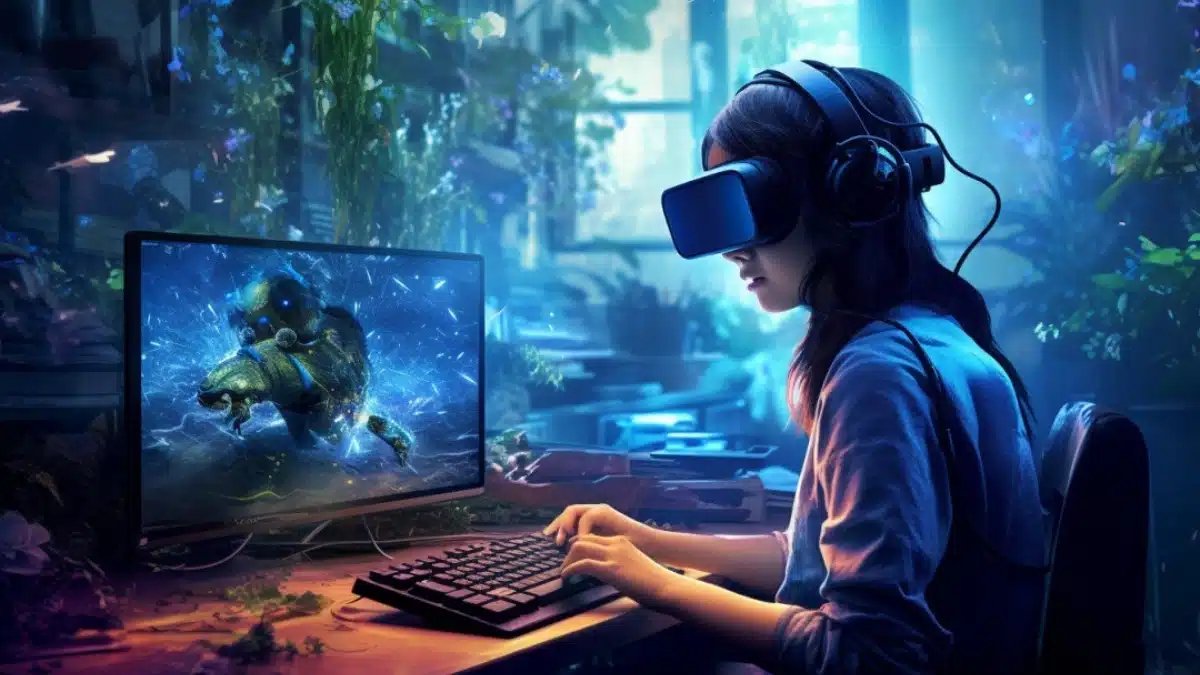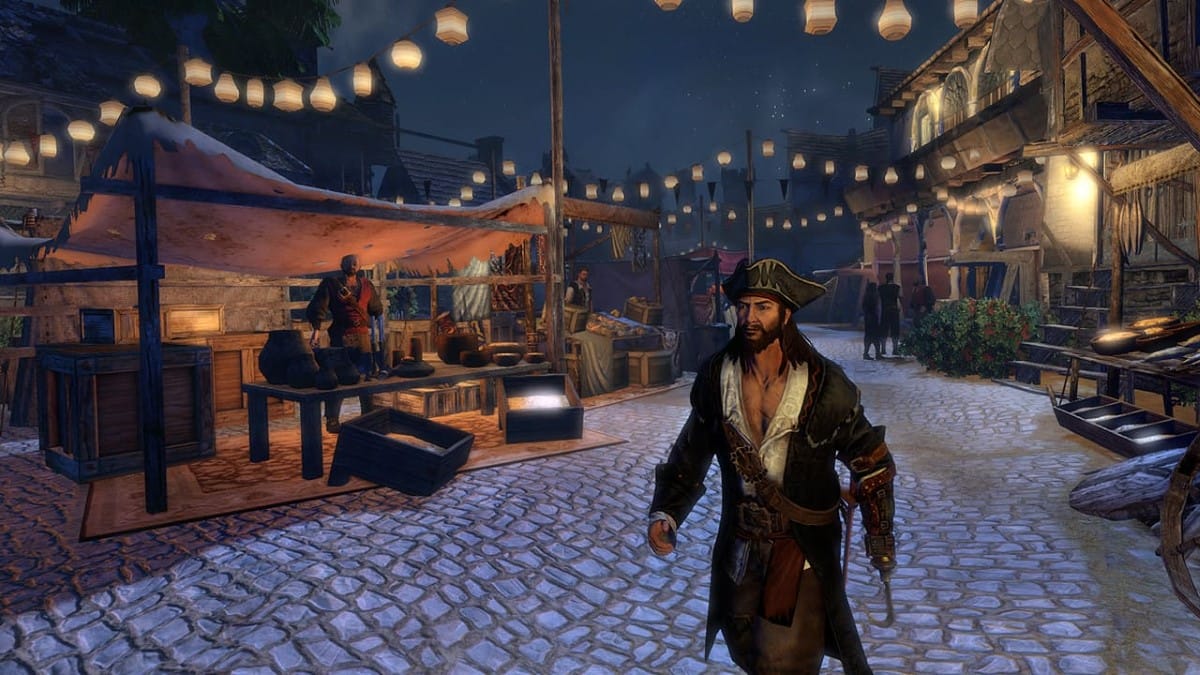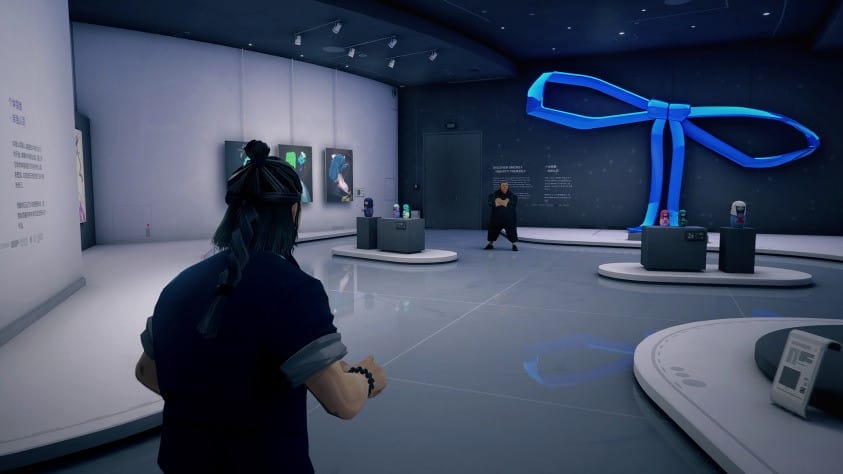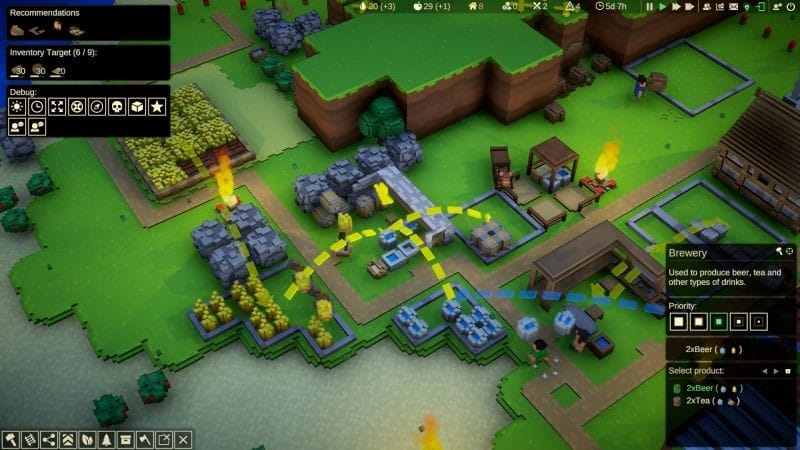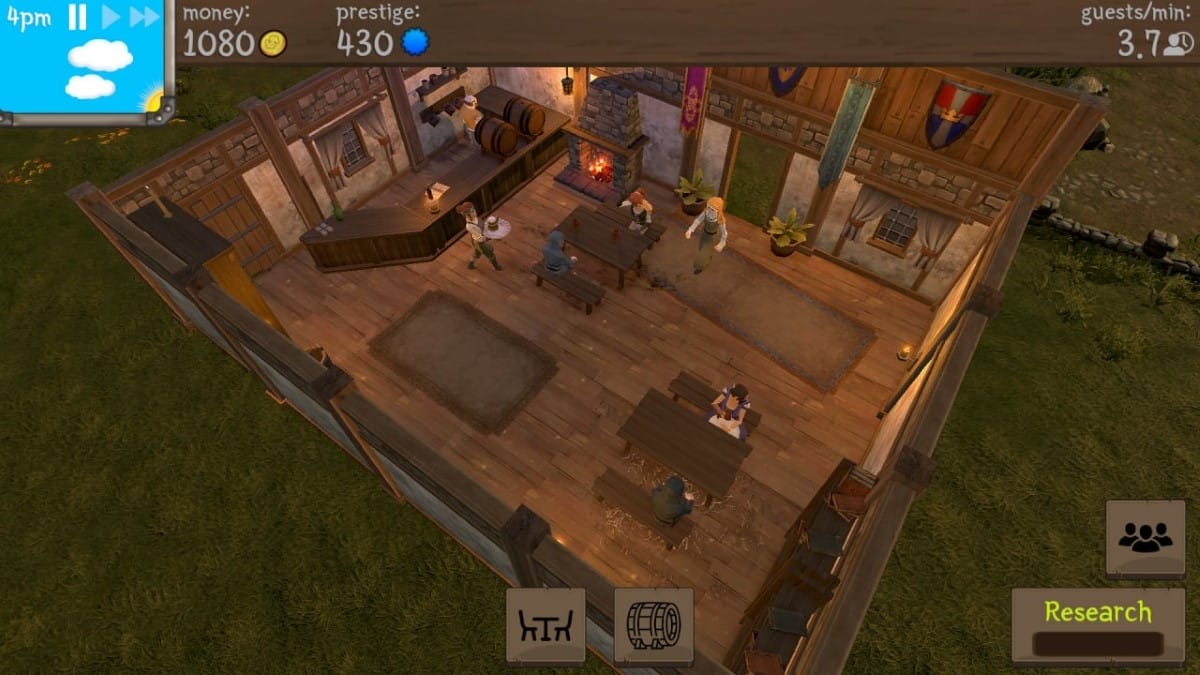The gaming world is undergoing a quiet revolution , fueled by artificial intelligence (AI) and neural networks . These technologies are no longer confined to laboratory experiments or theoretical models—they are being woven directly into the fabric of gameplay , transforming how games look, feel, and adapt. From reshaping the behavior of non-playable characters (NPCs) to generating stunning new content, AI is helping game worlds feel more dynamic, immersive, and intelligent than ever before.
AI-Driven Game Engines: Smarter Foundations
At the heart of any video game lies its game engine —a complex system responsible for rendering graphics, simulating physics, and managing in-game interactions. With the integration of AI and neural networks , game engines have become increasingly capable of learning from player behavior and optimizing performance in real-time. This allows for adaptive environments , procedural asset generation , and even real-time storytelling without manual intervention from designers.
One notable evolution is the ability of engines to simulate natural environments and physics more realistically using machine learning models. For instance, AI can predict the movement of crowds, simulate weather patterns, or generate landscapes based on the player’s progression. This automation reduces development time and introduces variability, ensuring no two experiences are alike.
NPCs That Think, Learn, and Evolve
Gone are the days of predictable enemy behavior and static NPC scripts. Modern AI systems enable non-playable characters to learn from interactions , react dynamically , and even develop personalities over time. Through the use of deep reinforcement learning , NPCs can now analyze player choices and modify their strategies accordingly—leading to more unpredictable and lifelike encounters .
What makes this particularly revolutionary is the emergence of emotional AI , where NPCs display human-like reactions based on context. A guard might become increasingly suspicious if the player lingers in restricted areas, or a companion might adapt their behavior based on past conversations. This level of interaction blurs the line between scripted narrative and emergent storytelling .
Infinite Worlds Through Procedural Content Generation
Another arena where AI is leaving its mark is in content creation . Traditionally, developing detailed worlds, characters, and quests required large teams and countless hours. But now, AI can assist in procedural generation , creating terrain , dialogue , and even entire missions on the fly, tailored to each player's journey.
Neural networks trained on vast datasets of in-game art and story elements can generate believable, cohesive content that complements the game's style and tone. These systems analyze previous player actions to curate new experiences that feel personal and meaningful. In open-world games, this means players may explore limitless environments , where every mountain range, village, or side quest is uniquely generated yet seamlessly integrated.
Personalized Difficulty and Player Adaptation
Balancing game difficulty has always been a fine art. Too easy, and players lose interest; too hard, and frustration sets in. AI introduces a new dimension: adaptive difficulty scaling . By analyzing real-time data such as reaction time, success rate, and decision-making patterns, games can now adjust challenges automatically .
This makes gameplay more inclusive and accessible , catering to a broader spectrum of skill levels. Neural networks can tailor combat intensity, puzzle complexity, and even narrative pace. For instance, a puzzle game might reduce complexity if the player struggles consistently, or a shooter might scale enemy aggression based on performance trends. The result is a game that feels both engaging and fair , without compromising core design intent.

Advantages of AI in Gaming
The integration of AI offers numerous advantages:
- Efficiency: Developers can generate assets and behaviors faster, reducing costs and shortening production cycles.
- Immersion: Games feel more organic and responsive , enhancing player engagement.
- Customization: Experiences are tailored to individual players, increasing replayability and emotional investment.
- Innovation: AI enables experimental gameplay mechanics that were previously impossible.
These benefits empower both indie developers and large studios to push creative boundaries , creating experiences that feel more human and less mechanical.
Challenges and Ethical Considerations
Despite its promise, AI in gaming is not without drawbacks. One major concern is unpredictability . AI-generated content can sometimes lack coherence, leading to broken narratives or unbalanced gameplay. Rigorous testing and curation are still needed to ensure quality.
Another issue is data privacy . Adaptive systems rely heavily on user data—raising questions about how that data is stored, used, and protected. Furthermore, the increasing reliance on AI may diminish the role of human creativity in certain areas, shifting the balance from handcrafted artistry to algorithmic design.
Finally, there are ethical considerations around emotional manipulation . As AI becomes more capable of reading player behavior, it could potentially influence decisions in ways that are subtle and even exploitative if not carefully managed.
A New Era of Interaction
As AI and neural networks continue to evolve, the line between player and world, between code and consciousness, grows ever thinner. We are stepping into an era where games are not just played—but lived , experienced in a fluid conversation between human and machine. This synergy promises to redefine what games are and what they can become, offering boundless opportunities—and responsibilities—for developers and players alike.
The future of gaming isn’t just technological —it’s deeply personal , driven by systems that understand, adapt, and grow alongside us. Whether this leads to deeper emotional connections or more thrilling adventures, one thing is certain: games will never be the same again .



